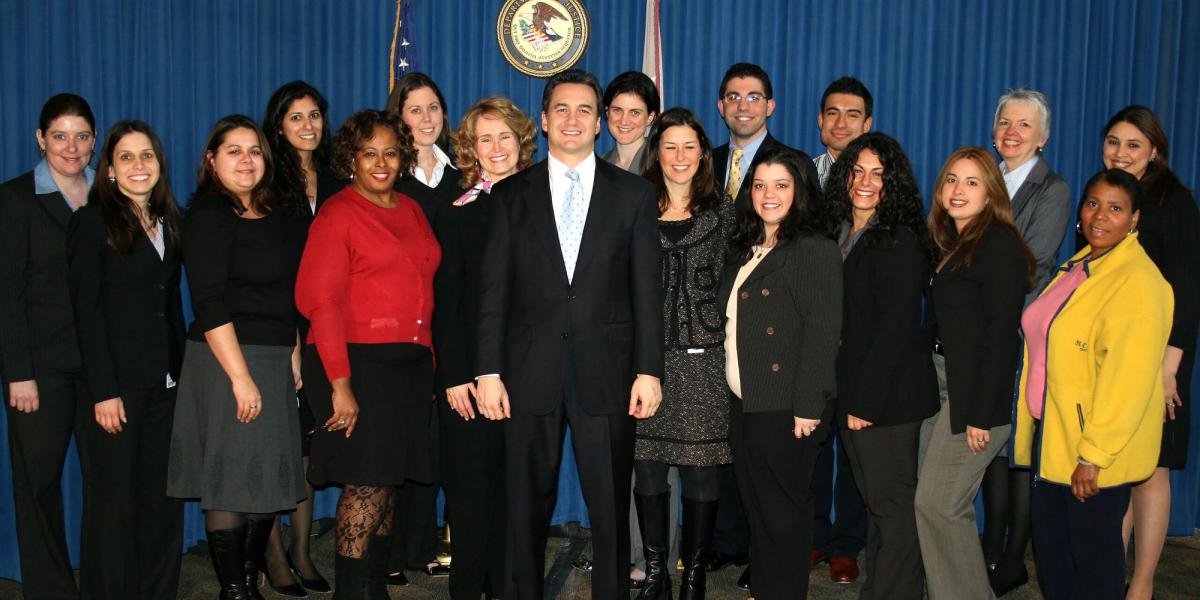Breadcrumb

Around the globe, red tape, budget cuts, and falling public trust eroded civil servants’ engagement with their work. Issues of low morale and disengagement not only cost governments billions in lost productivity and higher operational costs, but also provoked questions of how to build more effective public-service organisations, particularly as governments were setting up new agencies to tackle complex problems.
The United States Attorney’s Office for the Southern District of New York (SDNY) was one public organisation to have seemingly escaped the trends of disengagement. With its reputation for excellence and independence, the SDNY attracted top-tier talent despite relatively low pay, and earnt enduring adoration from its strong alumni network. Its high-calibre employees, who adhered to a deeply shared mission of ‘doing the right thing’, delivered long hours and achieved high success rates in trial. Many SDNY employees went on to secure elite positions in private firms before returning to the public sector.
Drawing on the observations and insights of several former SDNY prosecutors, this background note explores the maverick practices and norms contributing to the SDNY’s apparent success as a public-service organisation.
Co-authored by Radhika Kak.
- Articulate and justify the conception of a model public-service organisational culture;
- Develop a strategy for hiring and sustaining top talent within public organisations;
- Appreciate how to overcome barriers to cultural change within public-sector institutions.
